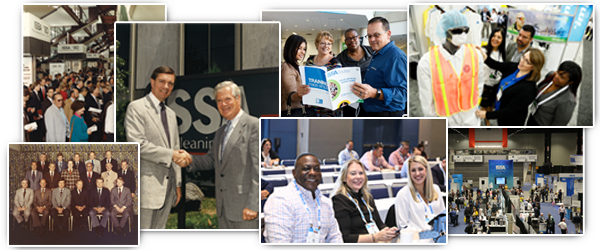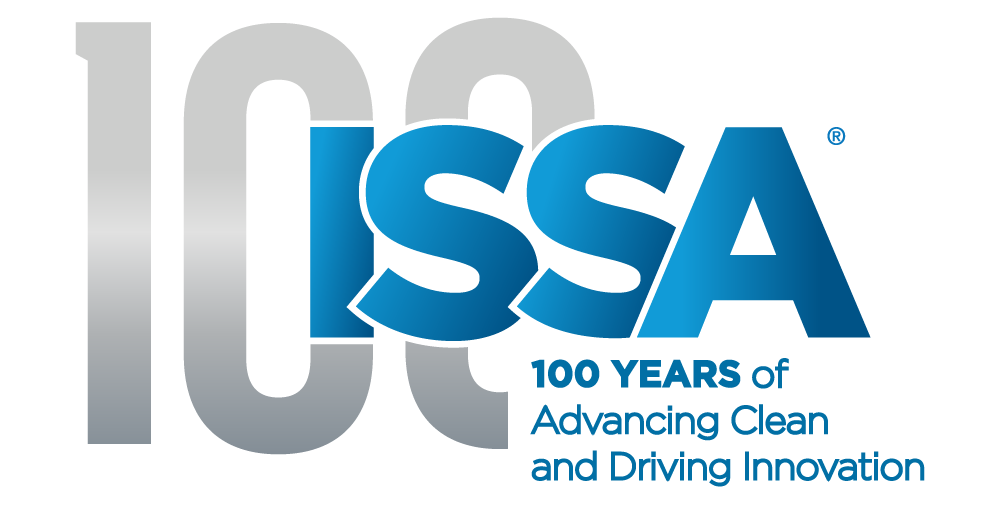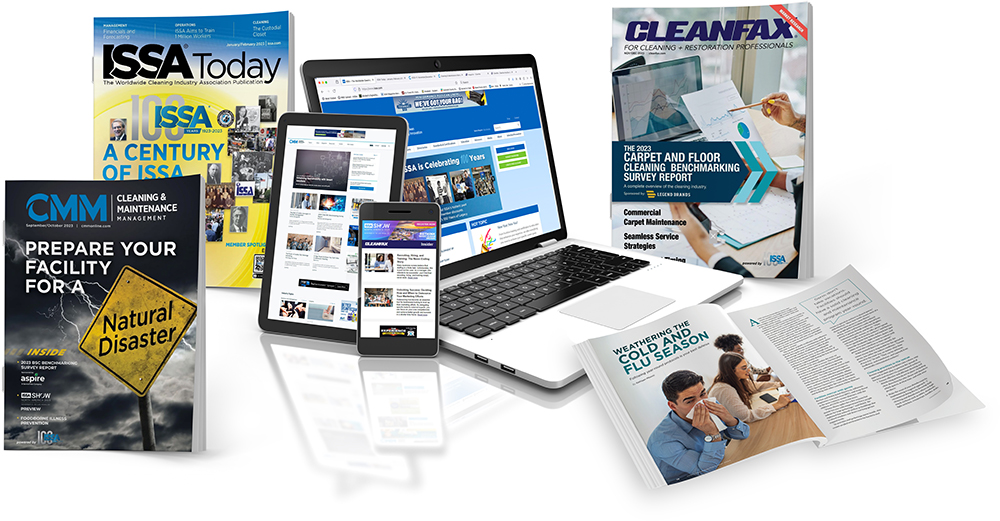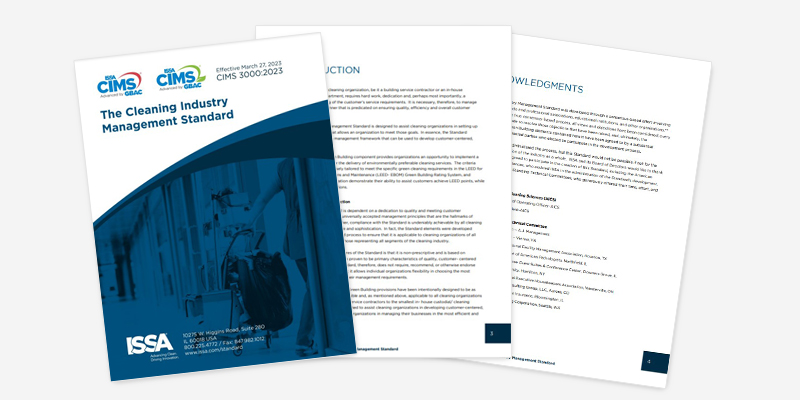Being an Effective Thought Leader
A fan of the famous operatic tenor, Enrico Caruso, said that he was so good and powerful that he could “take a menu from an Italian restaurant and sing a description of a rigatoni dish [and] make it sound like a timeless love song. To hear the words and emotions resonate in his unique voice with its rich, golden sound and vibrant texture is captivating beyond words.”
But there is another side of Caruso that many of us may not be aware of. He had stage fright. Before going on stage, he would walk back and forth singing another song:
Move out little me. The big me would like to sing. Let my big me take over.
Interesting trivia, especially if you are an opera and Caruso fan, but his backstage singing also tells us a lot about what it takes to be a thought leader. Thought leaders, whether individuals or organizations, must reach a point where they let their “big me” take over. They come to realize they have something unique to offer to others — products, services, ideas – that are valuable, will help people or industries, even change an industry’s direction.
A “little me” cannot do this. The big me must take over if they want to achieve their goals and be successful as an industry thought leader.
For more on thought leadership, watch this recent Straight Talk! interview or download the podcast version.
A thought leader can be a person or an organization. They communicate well using various formats, inspiring others to heed what they have to say and follow their direction. They are recognized as experts in their industry and are innovators, often with new insights, demonstrated by their ideas, products, and services.
There are a few points in this definition that we should explore a bit further. For instance:
- Thought leaders are invariably involved in just one industry.
- As to communicating using “various formats,” this means primarily that they are published. It also means communicating using social media, images, graphics, giving presentations and trainings at conventions, as well as participating, in webcasts, seminars, and trainings.
- While thought leaders “inspire” others, that does not mean they are motivational speakers. A thought leader, as just mentioned, is an expert focusing their expertise on one industry. In the professional cleaning industry that may be green cleaning, ergonomics, safety, distribution, industry-specific technology, etc. A motivational speaker, on the other hand, is more focused on the individual, no matter what industry they are in. Typically, they use their own experiences to help others overcome challenges and achieve personal goals.
- Finally, although thought leaders are innovators, often with new insights, that does not mean they are the first to develop a new idea, product, or service. Those views, products, or services may already exist. The successful thought leader may just be the first person or organization to expand on them, showing how these can help others in their industry in ways that were not realized before.
The Makings of a Thought Leader
Now that we have defined what a thought leader is, along with some clarifications and explanations, how does an individual or organization become a thought leader? We have already addressed one of the requirements: they have to let their big me come out. But there is actually more to it than this. They have to believe in what they believe and believe in themselves. There is no room for wishy-washy. Either the individual or organization has the fortitude to move forward with their ideas, products, or services, and become a thought leader or they don’t.
Among the other requirements are the following:
- Get published. We referenced this earlier. Every industry has trade publications. Thought leaders must publish because it gives them credibility; having their work published means that a leading editor in a leading trade publication believes their views, products, or services are worth knowing about. There is no better way to communicate with an industry and gain credibility among members of that industry than by getting published.
- Give themselves time. Thought leaders that believe in what they believe and believe in themselves must realize it will take time to reach the stature they desire and become an industry thought leader. Recognition can take several years, but with diligence and directed effort, it can happen.
- Accept ridicule. Years ago, I attended a presentation at an ISSA convention and the presenter said he believed that green cleaning would follow the 80/20 rule: eighty percent of the industry would continue to use traditional, non-green products, while only twenty percent would adopt green cleaning solutions and technologies. Making this statement, he was also taking a jab at others in the industry promoting green cleaning. As we know now, just the opposite is true. Eighty percent of the industry has adopted green cleaning. If those promoting green cleaning had backed down, allowed others to ridicule them, they may have never been able to change an industry into using safer and healthier cleaning methods.
- Market themselves. Thought leaders have a number of ways to market themselves. Getting published is at the top of the list. However, taking advantage of social media is equally crucial. In the B2B arena, the most important forum is LinkedIn. This platform offers a number of opportunities to publish articles, post thoughts, share content from others that share their views, publish images, and give live presentations and seminars.
Additionally, the individual or organization’s website must remain alive and well. Nothing looks more “dead” than a website with blogs, for instance, that have not been updated in two or three years. Websites are calling cards. They must present you in the best light, and that means keeping them alive and well.
The Missing Component: Why?
We’ve covered a lot of territory here, but one thing missing is the “why” behind becoming a thought leader. Is it just for the honor of being recognized as a thought leader in a specific industry? If that’s the goal, things may not work out.
Being a thought leader has some very real, tangible benefits. LinkedIn and Edelman Communications, an international public relations and communications firm, have conducted studies on the power of thought leadership. Among the findings in their latest study are the following:
- Business leaders consume thought leadership content to stay educated on trends affecting their industry.
- Half of all decision makers and C-suite executives report spending more than one hour per week reading and reviewing thought leadership content.
- Of these decision makers and C-suite executives, about half invite the thought leader (individual or organization) to bid on a project
- Similarly, about half award business to the thought leader, decide to increase the amount of business they do with a thought leader, or purchase products or services they had not considered purchasing before from that thought leader.
In other words, the results are real and tangible. Being a thought leader pays off in a variety of ways, including money in the bank.

















